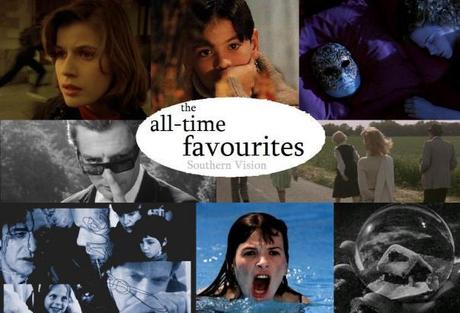
Welcome to the All-Time Favourites Series. This series examines 25 of the greatest films I’ve ever seen, looking at them in depth with analyses of what makes them great, and cutting down to the most basic level, looking at plot, cinematography, writing, direction, acting and other things, to see what makes these great films tick. For more info on the series click here. This week’s film is David Lynch’s bizarre and surreal Inland Empire.
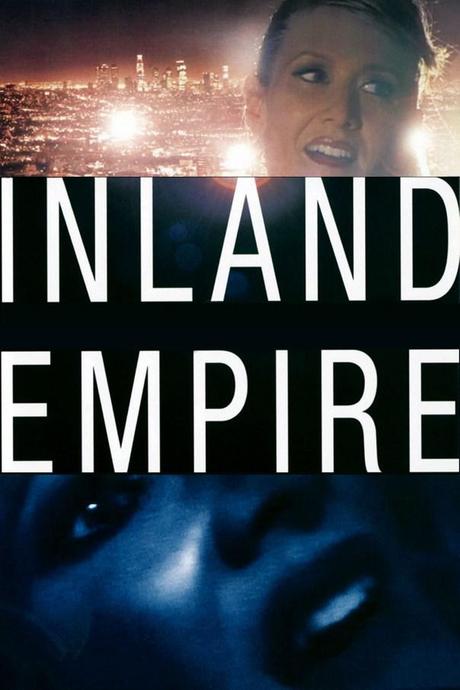
Look at me, and tell me if you’ve known me before. These words are the most chilling lines in David Lynch’s Inland Empire, a film fueled by visceral dialog and disturbing images. If you are not accustomed to David Lynch’s more complex works, then you will be confused, alienated and annoyed by Inland Empire. That is, if you try to understand it. It was the second Lynch film I saw, after Blue Velvet, and though I didn’t understand a single second of it, I enjoyed it because it was interesting, and always curiously attention-grabbing.
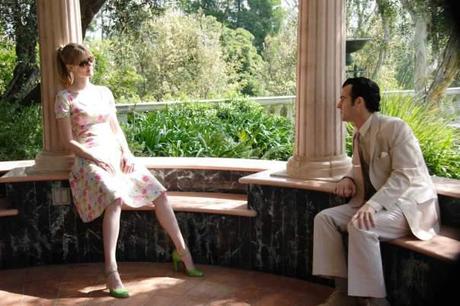
The film is 179 minutes long, and to give an accurate plot summary is futile. There is very little conceivable plot. Those who were confused by Lynch’s Eraserhead will be utterly befuddled by this movie, which is an almost Buñuelesque series of interrelated scenes, shot on video and emphasing closeups on faces that make simple expressions look terrifying, or at least discomforting. But to compare to Buñuel – or in fact, any other director – is pointless, because Lynch exists in a cinematic realm of his own, unlike any other filmmaker. He is currently not planning on making any more movies, and if this turns out to be his last film, I believe it to be a fitting finale, more definitive of his style than any of his previous works.
The “story,” so much as there is one, is about Nikki Grace (Laura Dern, in one of the greatest acting performances of all time, arguably), a fading Hollywood actress who masks her inner sadness with a veil of contentment and politeness. She is visited by a neighbor (Grace Zabriskie, whom you may remember from Lynch’s Twin Peaks) who tells her that she has won the part she auditioned for, as well as telling an old Polish gypsy folk tale which in many ways predicts the thematic strife that is to follow in the next three hours. Nikki is then in Hollywood beginning shooting on her film, with co-star Devon Berk (Justin Theroux, reminiscent of his character in Mulholland Dr.) and director Kingsley (Jeremy Irons). Then, Kingsley, and his assistant Freddie (Harry Dean Stanton, who gives a startlingly strong performance in one very brief scene) reveal to Nikki and Devon that the film they’re shooting, On High in Blue Tomorrows, is in fact a remake of an unfinished Polish production called 47. The original was unfinished because the two lead actors were murdered, and this was linked to a curse based on an old gypsy folk tale. Then, as shooting continues, Nikki begins to experience strange feelings of disorientation and confusion; at one point while shooting a love scene with Devon, Nikki forgets this is actually a movie scene and thinks it’s real life. The two of them actually making love later on is perhaps the trigger that sends the film from the easiness of its first hour to the jolting terror of its final two.
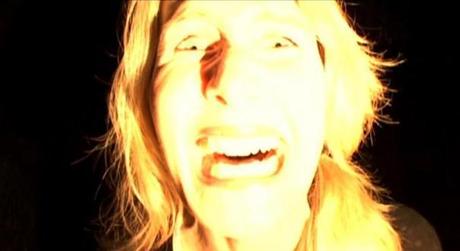
When you’ve seen the film as many times as I have, you begin to pick up on certain details. There are thousands of small recurring details throughout the film that all have some questionable meaning. I’ve seen the film nearly 20 times (including two shot-by-shot analyses, one of which I took notes during and the other of which I wrote a transcript of dialogue), and with each viewing, I don’t necessarily discover something new, but a new idea regarding a thought that came up in a previous viewing. I don’t expect you to watch this film 20 times, but one viewing is simply not enough. The ideas that flowed from my head during the subsequent viewings were rich and plentiful, and I was consumed with vigorous contemplation of each shot.
If you ever have a hope of understanding this movie, you need to focus on every image. There are several recurring images that pop up at various points throughout the film, and there is also important dialog that is spoken in one scene (Freddie’s line “It was said that I had a way with animals” is referenced more than ten times throughout the film, by various characters) that reappears later on. My favorite line of the film, which I mentioned earlier, is: “Look at me and tell me if you’ve known me before.” Think about the grammar of the sentence. It’s unusual. “If you’ve known me before,” is different from “If you’ve met me before.” “If you’ve known me before,” implies a previous life, perhaps. That the people being addressed by the speaker of this line might have known the speaker in a previous life. The idea of previous lives – and on a more basic level – multiple personalities is a huge part of this film, starting with Nikki’s delusional “becoming” of her character. Throughout the first half of the film, she adopts the characteristics of Susan, the woman she’s playing, and becomes a completely different person. Susan swears, drinks, tells stories of rape and mutation, and willingly admits her past as a prostitute. Nikki, an upper-class Hollywood actress, also seems to have a sense of fondness for the past, and a theme that was originally raised in Mulholland Dr. comes into play here: the idea that Hollywood is a disgusting beast that takes people in and spits them out. Nikki is an actress past her prime; for her, such big parts as Susan are rarities. In reality, nobody wants her anymore as she is too old for the movies that once made her famous. This is reflected in the story of Susan, who was once a prostitute, but has aged so much that her past seems only a distant memory.
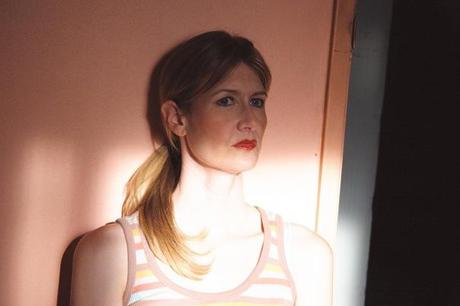
The one vital scene in the movie where we get a sense of Susan’s relationship with her past (though there are many other scenes) is in a room filled with prostitutes who are young, attractive and wanted. They are in their early twenties, and they sit on the floor together, regaling each other with stories of the tricks they turn and the men they know. Susan, meanwhile, stands in the corner listening, her facial expression reflecting the words the prostitutes speak. When one prostitute remembers something funny and laughs, there is a small grin on Nikki’s face of quiet recognition. To me, this shot is the best in the entire film. It is so brief and easy to miss, but it speaks volumes of the themes of the film and its cynical lessons.
This scene is fairly early in the film (roughly 80 minutes in), but it is important in establishing the nature of Susan as a character, and how Susan’s life reflects Nikki’s own bleak reality. Nikki’s hidden desire for Devon, her secret lust for him, is made apparent in a late scene in the film where Susan runs into the house of Devon’s character Billy, and desperately pleads him. She loves him, and begs to be with him. But Billy’s concerned wife turns her away coldly, while Billy heartlessly looks on. Susan mentions a time when they made love, and this perhaps references the scene about 55 minutes into the film where Nikki and Devon make loud, passionate love in a scene that is anything but erotic, due to the darkened lighting, frenzied breathing and sense of sadomasochistic rage. Susan is a much angrier, more spiteful person than Nikki, and it is through her that Nikki manages to vent her frustration at the world, and also realize her worthlessness, a crashing discovery which is represented by the late scene of Susan being stabbed with a screwdriver by Billy’s enraged wife (also note that Billy’s wife had the screwdriver embedded within herself in a much, much earlier scene, a prime example of the confusion of the non-linear narrative, and why it is important to rewatch the film).
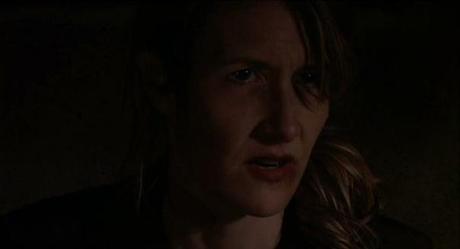
It has also been suggested that Nikki and Susan are the same person living in two parallel universes. Their transformation is represented by the appearance of strange verbal characters written over the top of a doorway, with an arrow pointing inside. These characters read: “AXXON N.” The first memorable time that we see them is at the exact point in the film where the movie splints into a non-linear timeline: roughly 60 minutes in, when Susan is standing in an alleyway and sees it written over a doorway. She enters the door and finds herself interrupting a scene in the film that occurred about 20 minutes earlier.
The most inexplicable scenes of the film are the scenes when we suddenly find ourselves in Poland, viewing random and out-of-order scenes in the life of a young woman who may or may not be a prostitute. The Polish scenes are perhaps the most unnerving, because at first we are unsure how – or if – they relate to the main plotline of the film. However, at one point over the two hour mark, the young Polish woman utters a line that is hauntingly familiar: “Look at me, and tell me if you’ve known me before.” Perhaps this woman is a representation of Susan (or Nikki) as a younger woman, in a confused world and unsure of herself.
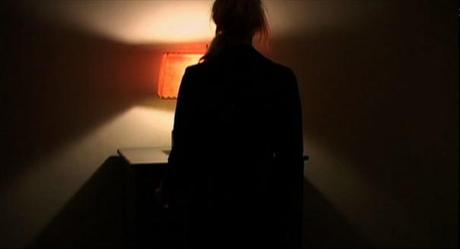
I think the best way to approach Inland Empire is not as a whole film, but as fragments of several stories that all are related in ways that aren’t apparent, but subtle. There is the story of Nikki, the crushingly polite actress haunted by her Hollywood rejection; Susan, the ex-prostitute and violent offender whose sins are brutal and unforgettable (“When I get mad, I really get mad”); the Polish characters; Piotrek, Nikki’s shadowy husband; the Phantom, a shadowy figure who seems to be the evil in the film, and whom Nikki must face in the film’s finale, which includes a shocking image when the Phantom is shot, as his face morphs into a disfigured version of Nikki, and then a bloody foetus; the six-foot tall Rabbit creatures, who wear human clothes and speak without emotion, having no particular part to play but acting suitably sinister; and the most enigmatic character, the Lost Girl, who sits in a hotel room watching the events of the film play out on a TV screen, weeping incessantly. All these are players in a much bigger picture, something we may never understand. Lynch has chosen something epic for what appears to be his final film, and for fans of the master, it is essential. It can be comparable to piecing together a jigsaw puzzle: every piece has a place it must go, and the joy lies in finding that place.
Lynch has a gift for those who make it through the film’s three hours. It is my favorite end credits sequence of all time. In this sequence, many of the characters of the film (and, for no apparent reason, Laura Harring from Mulholland Dr.) gather in a room to listen to music and dance. The music they listen to is infectious, and will arguably make you want to dance, or at least move your head to the rhythm. This 5 minute sequence is utterly fantastic; it has no direct relation to any other part of the movie, it is simply an extra for those who make it through. Inland Empire might not be satisfying to watch for all its three hours, but Lynch has something entertaining for those who can stick it out to the bitter end, and it is something wonderful and pleasurable indeed.
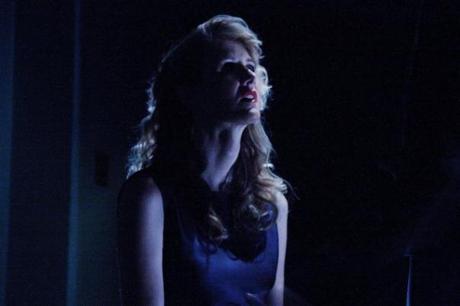
To read previous posts in the All-Time Favourites series, click here.

